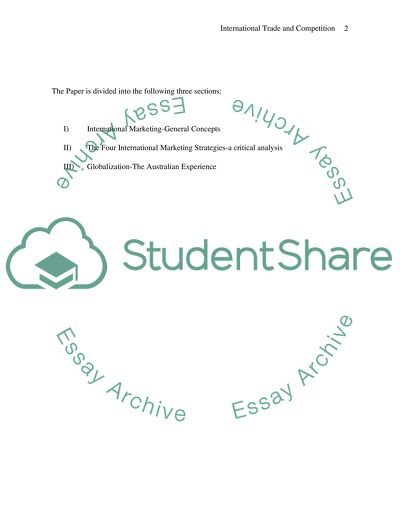Cite this document
(International Trade and Competition Research Proposal, n.d.)
International Trade and Competition Research Proposal. https://studentshare.org/marketing/1525987-international-trade-and-competition
International Trade and Competition Research Proposal. https://studentshare.org/marketing/1525987-international-trade-and-competition
(International Trade and Competition Research Proposal)
International Trade and Competition Research Proposal. https://studentshare.org/marketing/1525987-international-trade-and-competition.
International Trade and Competition Research Proposal. https://studentshare.org/marketing/1525987-international-trade-and-competition.
“International Trade and Competition Research Proposal”. https://studentshare.org/marketing/1525987-international-trade-and-competition.


